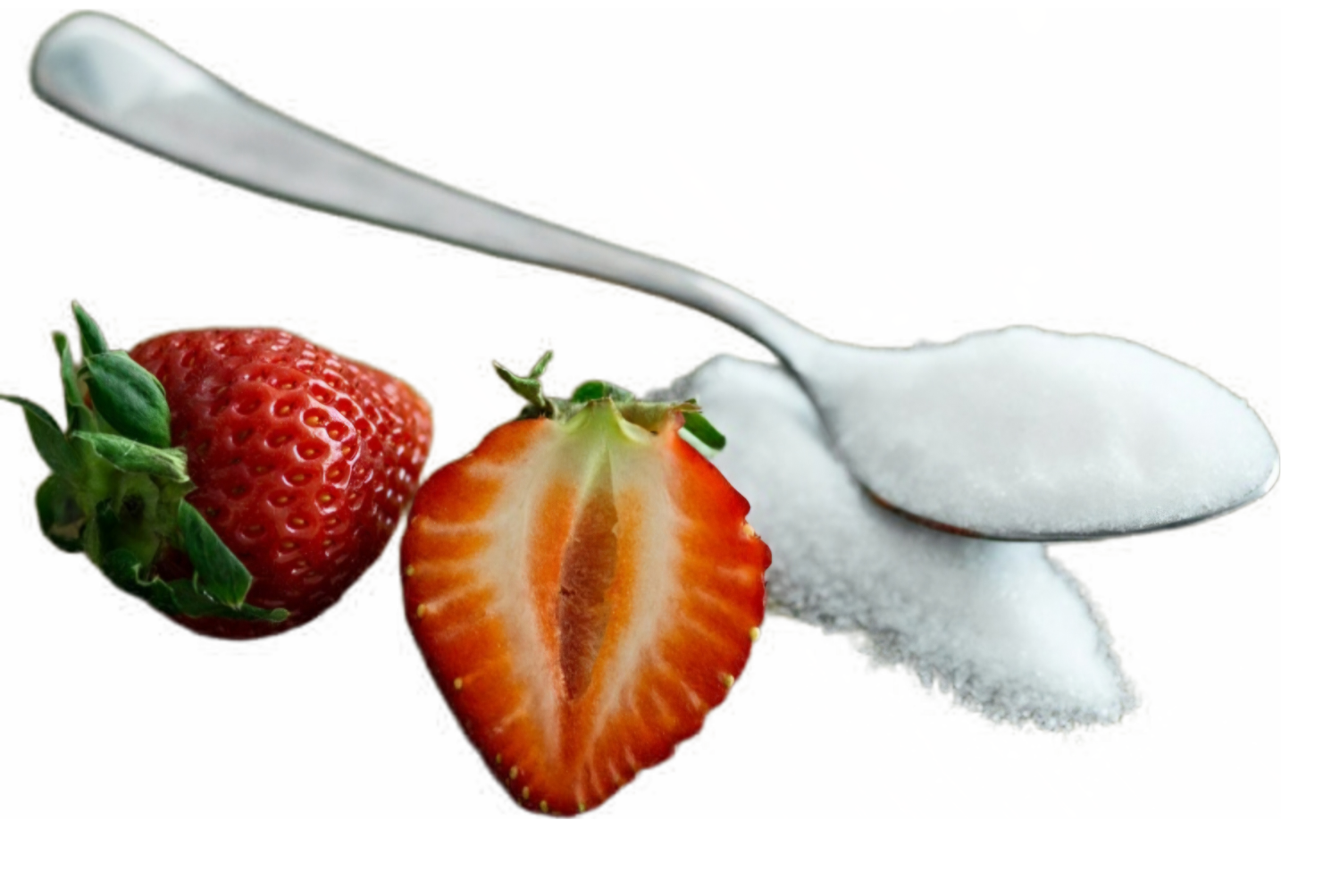
Allulose and stevia: two different sweeteners in modern preparations
Store AllulosePage audition
The search for alternative sweeteners has led to the discovery and widespread use of various natural and rare sugars, including allulose and stevia.
Although both are used as sugar alternatives, they come from completely different sources and have unique characteristics that define their roles in food and beverage preparations.
Understanding the comparison of allulose and stevia provides insight into the development and ever-expanding adoption of modern sweeteners, both in nutritional and commercial uses.
What is stevia?
Stevia is a plant-based sweetener extracted from the leaves of the stevia rebaudiana plant, native to South America.
The compounds obtained in this way, called steviol glycosides, are 30 times sweeter than beet sugar, and its extracts are up to 300 times sweeter.
These compounds are responsible for stevia's intensely sweet taste, which is significantly sweeter than traditional sugar.
Stevia extracts are available in various purity and concentrations, and refined versions are used in commercial foods.
It is often mixed with other sweeteners to balance its taste and improve its applicability in various foods and beverages.

Diet cookies with allulose sugar substitute – the perfect choice for natural, low-calorie sweetening
What is allulose?
Allulose is classified as a rare sugar, found in small amounts in natural foods such as figs, jackfruit, and wheat.
Allulose was first identified in wheat in the 1940s.
Its molecular formula is the same as fructose, but it has a different atomic structure, which gives it distinctive properties.
Since allulose is only found in very limited quantities in nature, it is usually produced by enzymatic conversion, converting fructose into allulose in a controlled process.
This method allows for economical production while maintaining its integrity as a rare sugar.
Comparison of Allulose and Stevia
Both allulose and stevia serve as sugar alternatives, but differences in their origin, sweetness level, and food applications set them apart.
Source
Allulose is a rare sugar that occurs naturally in small amounts, while stevia is extracted from the leaves of plants.
Sweetness level
Stevia is significantly sweeter than sugar, while allulose has a milder sweetness, similar to sucrose.
Flavor profile
Stevia may have a slightly bitter or licorice-like aftertaste, while allulose has a neutral taste.
Function in food
Allulose behaves more like sugar in baking and cooking, while stevia is often mixed with other sweeteners for a better consistency.
Production method
Allulose is produced from fructose by enzymatic conversion, while stevia is extracted and refined from the jasmine plant.
Common uses of allulose and stevia
Stevia is often found in the following products:
- Sugar-free beverages, such as soft drinks and flavored waters
- Packaged sugar substitutes in powder or liquid form
- Mixed with erythritol for baking applications
- Dairy-free and plant-based products
Allulose is widely used in:
- Bakery products, such as cakes and pastries
- Dairy products, such as yogurts and frozen desserts
- Reduced sugar drinks
- Sweetener blends requiring a sugar-like consistency
Because of their complementary properties, allulose and stevia are sometimes used together in formulations to create a balanced sweetness profile.
Interesting facts about allulose and stevia
Stevia is hundreds of times sweeter than sugar, while allulose has a milder sweetness, similar to sucrose.
Allulose and stevia can be combined in food preparations to balance sweetness and texture.
Stevia comes from the leaves of a South American plant, while allulose is considered a rare sugar.
The molecular structure of allulose is similar to that of fructose, while stevia's sweetness is provided by steviol glycosides.
Allulose behaves similarly to sugar in baking and freezing, but stevia often needs to be mixed with other ingredients.
Stevia has been used traditionally for centuries, while allulose was first identified in the 1940s.
The growing demand for alternative sweeteners has expanded the use of both allulose and stevia in modern food science.
Stevia leaves can be used as a natural sweetener without processing, while enzymatic production is required for large-scale use of allulose.
The future of sweeteners
With the continuous development of food technology, the use of alternative sweeteners such as allulose and stevia is leading to new applications.
Their distinct properties make them valuable in sugar reduction strategies, and their ability to complement each other in formulations ensures their continued presence in food science.
Whether used alone or in combination, allulose and stevia remain key players in the ever-evolving world of sweeteners, offering diverse opportunities for food innovation.

